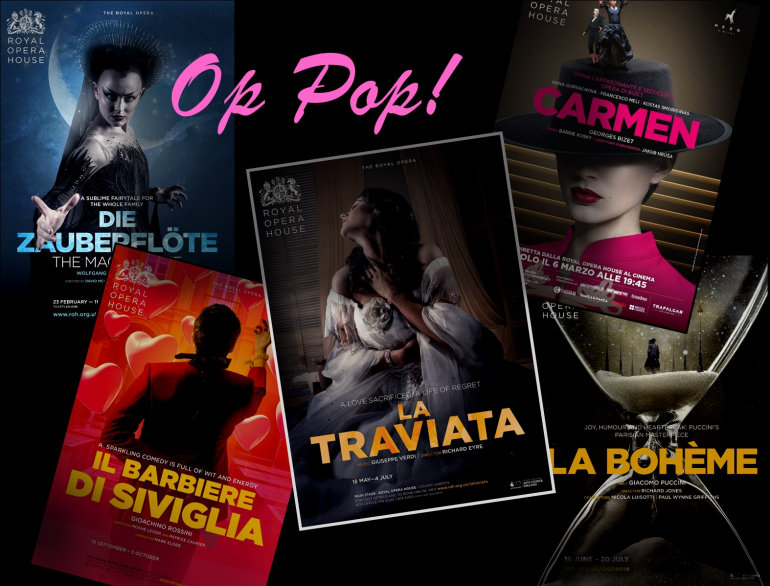| Handout (flat) Handout (folded) Class Script | Return to Index |
A surprising amount is currently available on YouTube. The complete performance from the Met is unfortunately in poor-quality video,
but it does have titles; the separate numbers listed underneath are much crisper. I do not have the actual scene we watched from
Glyndebourne, but the trailer and the scene I do have will give you the flavor. Although the Madrid production is available complete,
it has Arabic titles that can't be removed; there is a good trailer, though. The updated Irish production is currently available, with
titles, exactly as I showed it, but I strongly suspect it will be removed very soon, perhaps even before the date of the class.
As a bonus, I recommend this video by Joyce DiDonato. At the first performance of a new production in London, she fell on the stage and broke her leg. She continued for the rest of the run in a production that had been adapted to enable her to sing (and act!) from a wheelchair, some scenes from which are included in this 4-minute video. rb.
| METROPOLITAN OPERA, 2007 | |||
| Low quality |
Act I complete
(with titles) Act II complete (with titles) |
||
| Better quality |
Figaro aria
(no titles) Rosina aria (with titles) Act I ending (no titles) |
||
| OTHER PERFORMANCES | |||
| Seville, 2016 | Complete opera (poor quality, no titles) | ||
| Glyndebourne, 2016 |
Trailer "Buona sera" quintet |
||
| Irish National Opera, 2016 | Complete opera (with titles; may be temporary) | ||
| Madrid, 2005 |
Trailer Complete opera (Arabic titles!) |
||
| IMAGES | |||||
| The thumbnails below cover the slides shown in class. Click the
thumbnail to see a larger image. Click on the right or left of the larger picture to go forward or back, or outside it to close. |
|||||
 |  |  | |||
 |  |  | |||
 |  |  | |||
 |  |  | |||
 |  |  | |||
 |  |  | |||
